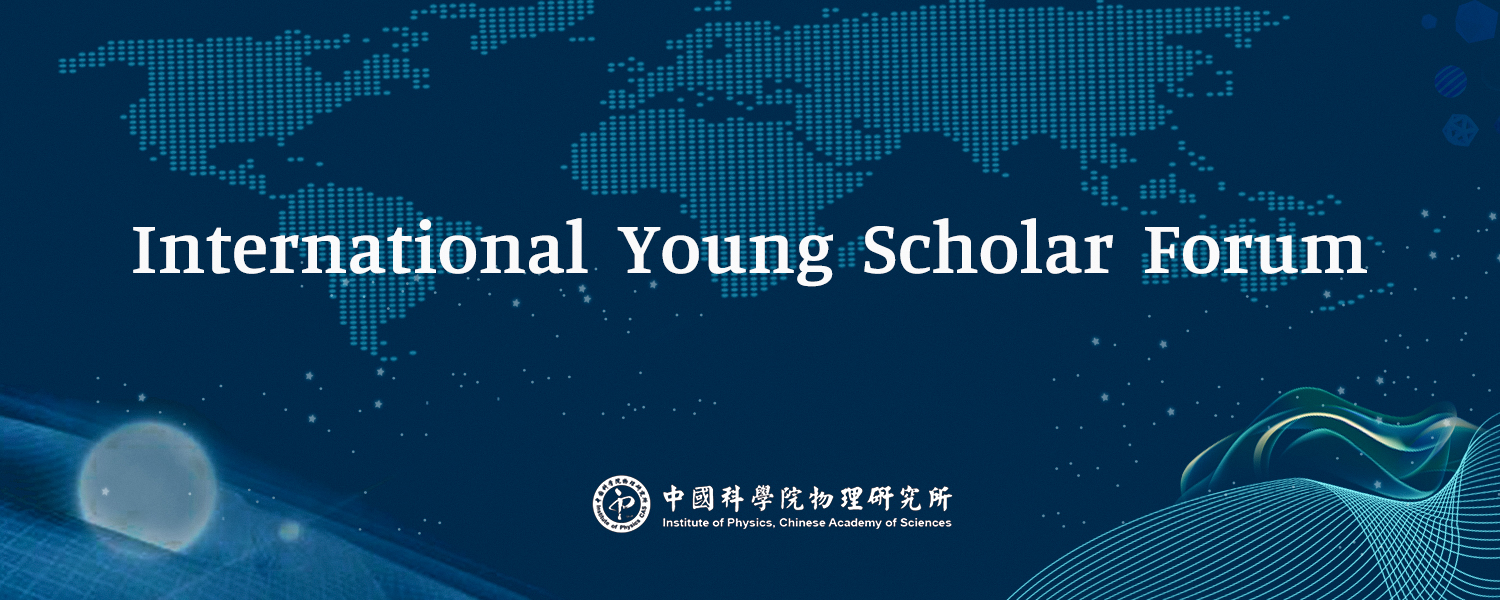Time: 14:00 pm, December 30th, 2020
Speaker: Dr. Alfred Zong, research fellow, UC Berkeley
Abstract:
When electrons in a solid are excited by light, they can alter the free energy landscape and access phases of matter that are out of reach in thermal equilibrium. This accessibility is often enabled by the presence of phase competition, when one state of matter is preferred over another by only a small energy scale that, in principle, is surmountable by the excitation. To this end, we studied light-induced phase transitions in two different charge density waves (CDWs), which serve as model systems for other broken-symmetry states. First, using time-resolved photoemission and electron diffraction, we investigated the rare-earth tritelluride family, where only a unidirectional CDW exists at high temperature. After the suppression of this original CDW by photoexcitation, a different, competing CDW along the perpendicular direction appears, which has no equilibrium counterpart. Second, I will discuss how a single pulse of light can generate or erase competing CDW domains in 1T -TaS2. A peculiar photoinduced domain wall emerges as a result, which may host a novel density modulation in addition to the equilibrium CDW. Our findings provide a framework for understanding the interplay between competing orders and for unleashing novel states of matter that are “trapped” under thermal equilibrium.
Reference:
[1] Zong, Shen et al., Sci. Adv. 4, eaau5501 (2018)
[2] Zong, Kogar et al., Nat. Phys. 15, 27 (2019)
[3] Kogar, Zong et al., Nat. Phys. 16, 159 (2020)
[4] Zong et al., Phys. Rev. Lett. 123, 097601 (2019)
Brief CV of Dr. Alfred Zong:
Alfred Zong completed his Bachelor in Physics and Master in Computer Science at Stanford University, during which he studied cuprate superconductors with photoemission under the guidance of Zhi-Xun Shen. He moved on to MIT to conduct his PhD research in the group of Nuh Gedik, where he investigated photoinduced phase transitions and metastable orders using a number of advanced ultrafast techniques. He is currently a Miller research fellow at UC Berkeley, examining electron and spin dynamics in solids with attosecond spectroscopy and diffraction.
